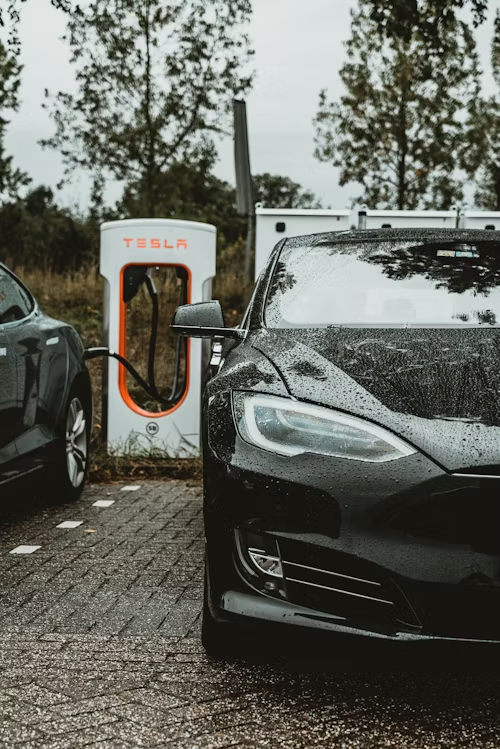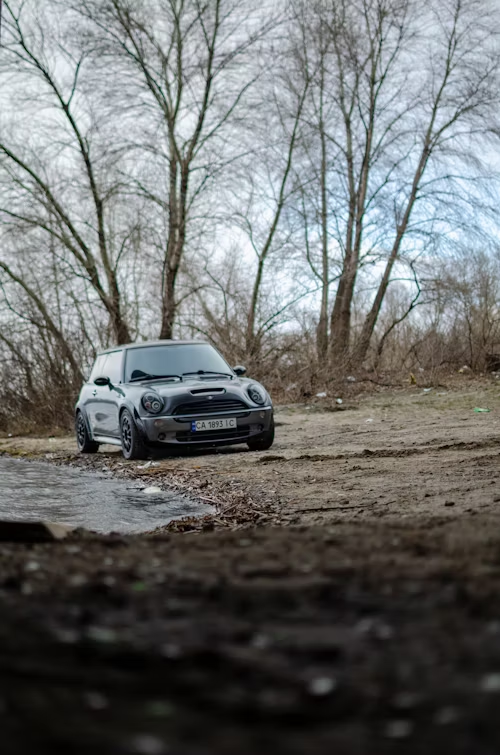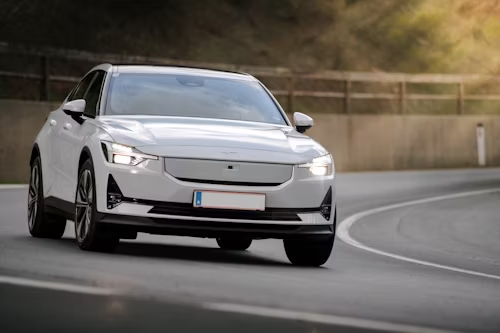Who Said Small Cars Can't Dream Big? The Smart Car Overhaul

Picture this: a tiny, unassuming vehicle zips through the city—silent, swift, and sporting a carbon footprint so small, it might as well be tiptoeing. Yes, I'm talking about smart cars, and believe it or not, I've become an unlikely evangelist for turning these compact commuters into custom-tailored eco-warriors.
The Why Behind My Smart Car Obsession
It all started on a crisp Saturday morning. There I was, sipping my overly optimistic, non-fat latte, when a tiny, rather sad-looking smart car puttered past me. That little machine was a far cry from the muscle cars I admired, but it got me thinking—what if small could also mean mighty?
Enter the world of smart car conversions. It's like giving a Chihuahua the heart of a wolf and the brains of an AI genius, all while keeping its puppy eyes. Why settle for factory settings when you can retrofit these minuscule machines into bespoke beasts?
My journey into custom smart cars wasn't just about making them faster or flashier—it was about making a statement. Could I turn something so inherently unassuming into a symbol of sustainable innovation? Spoiler alert: Yes, yes I could.
Getting Down to Business: The Conversion Process
Converting a smart car is less about swapping parts and more about reimagining possibilities. From installing state-of-the-art electric motors to tweaking aerodynamics, every modification is a step towards revolutionizing urban mobility.
But as a perfectionist (who occasionally forgets where he left his keys), I focused on the details. The right sustainable materials, the most efficient batteries, and tech that would make a Silicon Valley whiz kid weep. It was all about creating something incredible out of the underestimated.
What Goes into a Custom Smart Car?
Now, for those of you picturing me wielding a wrench in greasy overalls, slow down. This isn't your typical garage project. It's a blend of high tech and high art, much like a Jackson Pollock painting, but with fewer splatters and more circuitry.
Key Components of My Eco-Friendly Beast
- Electric Motor Upgrade: Think "silent but deadly" in terms of speed and efficiency.
- Battery System Overhaul: Because what's the point if you can't outlast every smartphone in the room?
- Custom Interiors: Recycled materials only, turning old plastic bottles into chic, comfortable seats.
- Software Tweaks: Custom-built apps to monitor everything from tire pressure to your carbon savings.
- Aesthetic Mods: Because if you're going to go eco, you might as well do it with style.
Each component was a challenge—a puzzle for me to solve. And as someone who's built businesses from the ground up, I don't back down from challenges; I revel in them.
Realizing that these tiny machines could be as customizable and powerful as their full-sized cousins was a game changer for me.The Impact: More Than Just a Car
What started as a weekend project evolved into a full-blown movement. I wasn't just retrofitting cars; I was retrofitting a mindset. People began to see smart cars not as mere novelties, but as canvases for personal expression and technological prowess.
These conversions have sparked conversations from coffee shops to city councils about urban mobility and sustainability. They challenge the status quo, proving that size isn't an impediment to innovation—it's an invitation.
In my experience, the most rewarding part isn't just the final product, but the journey there; the community built, the ideas sparked, and the norms challenged. So, what's your take on the smart car revolution? Are you ready to drive small and dream big? Let's chat in the comments below.



